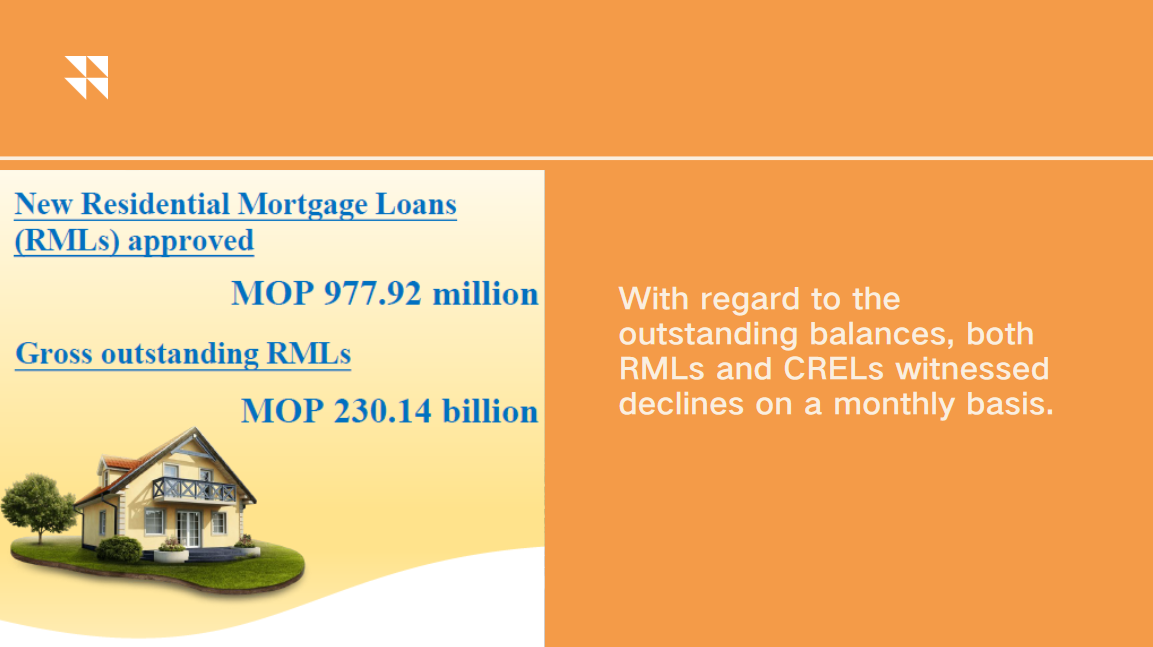Michelle W Bowman: New year's resolutions for bank regulatory policymakers
It is a pleasure to join you this afternoon for the South Carolina Community Bankers Conference.1 I always welcome the opportunity to learn from and share my perspective with bankers on issues affecting the U.S. economy and the financial industry. Today, I will focus my discussion on monetary policy, bank regulatory reforms, the evolving standards in bank supervision, and new developments in the payments system. I look forward to learning from your insights and perspectives on these issues, particularly your views on bank supervision, regulatory reforms, and your thoughts on the direction of the economy. As we kick off the new year, it's also a good time to look back on 2023 and consider a few New Year's resolutions for the coming year.
Before discussing bank regulation and supervision, I'd like to offer my thoughts on the economy and monetary policy.
Our Federal Open Market Committee (FOMC) meeting in December left the target range for the federal funds rate at 5-1/4 to 5-1/2 percent and continued the run-off of the Fed's securities holdings. Inflation data over the past six months indicate that the Committee's past policy actions are having the intended effect of bringing demand and supply into better balance. This continued progress on lowering inflation reflects a restrictive policy stance with the most recent 12-month total and core personal consumption expenditures inflation readings through November at 2.6 and 3.2 percent respectively. Employment data, though often significantly revised, continue to show signs of a tight labor market with reports of healthy job gains. The average pace of job gains has slowed over the past year, which may be a sign that labor market supply and demand are coming into better balance. The economy has remained strong even with the pace of real gross domestic product projected to moderate from the third quarter 2023 strength.





















































First, please LoginComment After ~